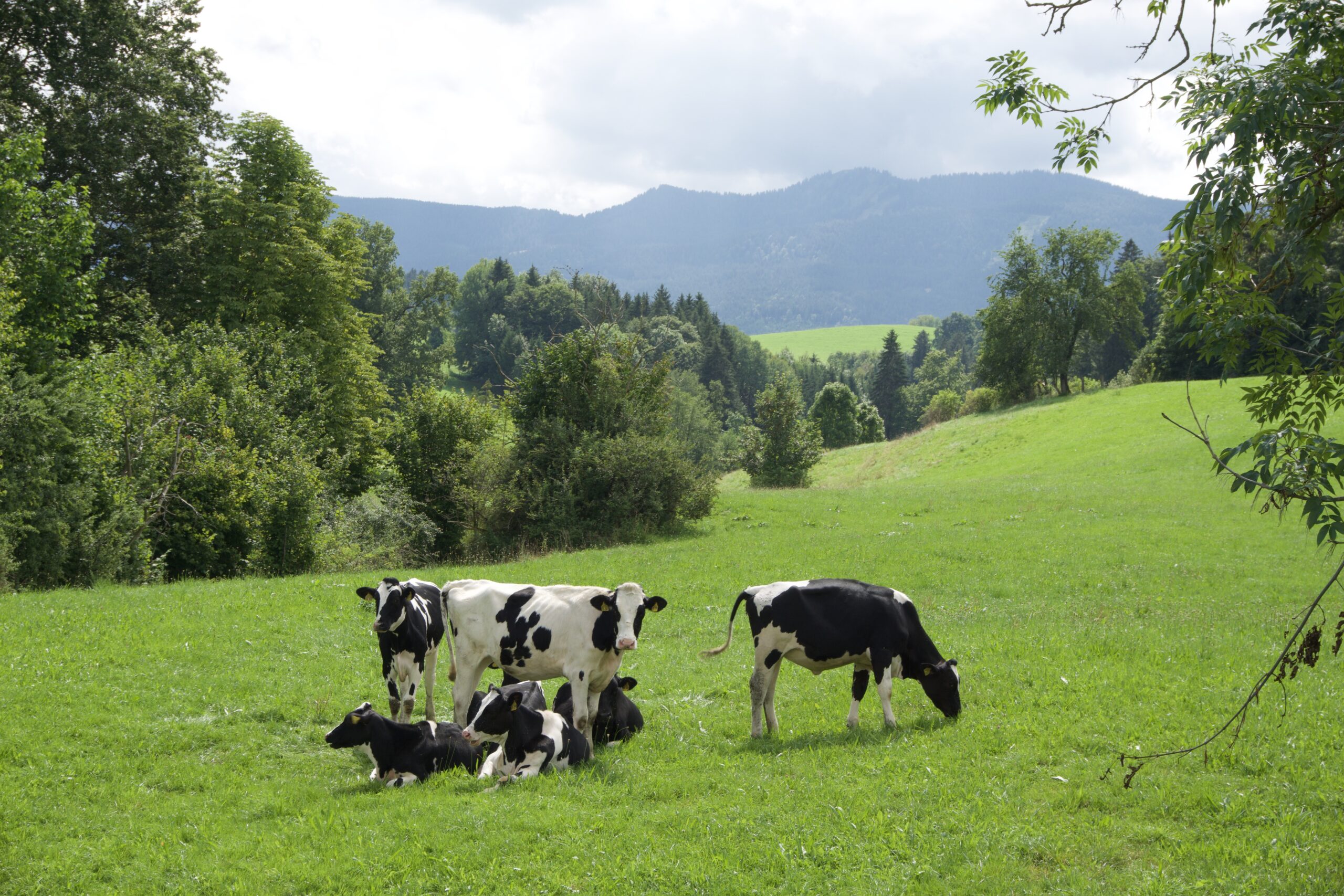Raw milk seems to be increasing in popularity among many wellness communities, and for good reason! Although this seems like a newly-discovered health food by some, generations before us have been consuming unpasteurized, non-homogenized milk for centuries. When I told my mom about my and my husband’s decision to start consuming raw milk (and other raw dairy products), her response was, “I grew up that way. We would milk the neighbor’s dairy cow and have warm milk with dinner.”
It made me curious as to what changed. My mom had me when she was 20 years old, so there really wasn’t much time that had passed between her childhood and mine. But what had changed was the FDA’s standards for milk and milk products. The FDA mandated pasteurization of all milk and milk products for human consumption in 1987 with the exception of certain aged cheeses. With this mandate, raw dairy products cannot be sold across state lines or internationally. You still have some freedom for finding and consuming raw dairy products. You can understand your own state’s milk product accessibility and regulation here:
Pasteurization is said to kill potential harmful pathogens. I can see why this could be helpful if you’re consuming dairy products from conventional cows that are eating poor quality feed and living in unsanitary environments where they’re prone to disease, but these are not the dairy products I’m advocating for. When I brought raw milk into my home for the first time, I found a small, local farm with organic, grass-fed cows and purchased products there. My husband and I met the owner of the farm our first visit there and saw the grazing cows ourselves. It was quite empowering (and comforting!) to see where the products were coming from.
Here are some of the reasons my family consumes raw (unpasteurized and non-homogenized) dairy products on a regular basis.
- Contains high-quality, bioavailable proteins and fats
- Contains probiotics, calcium, phosphorous, magnesium, iron, B vitamins, and fat-soluble vitamins A, D, and K
- Promotes production of glutathione, one of the most abundant antioxidants in our body
- Pasteurization destroys good bacteria and antibodies that neutralize foreign, harmful substances
- Pasteurization destroys lipase, an enzyme that breaks down fat
- Pasteurization destroys lactoferrin, a protein that binds excess iron and starves pathogens that feed off of iron
- Pasteurization destroys lactase which is the enzyme that breaks down lactose, a type of milk sugar (lactose intolerance, anyone?)
- Homogenization breaks up fats into small particles changing their natural functions and how they affect our physiology
…
There is anecdotal evidence that shows an association between raw milk consumption and symptom relief for lactose intolerance, asthma, allergies, eczema, and more. I have never had any of these conditions, so I cannot speak from my own experience. However, my husband used to get a stuffed nose after consuming dairy products, and that has subsided since introducing raw milk. With all of this being said, you know your body and your lived experience better than anyone else. Experiment, gather information, and act intuitively when making health decisions like this one. This is the right decision for my family given the resources and accessibility we have to healthy, local cows; you may come to a different conclusion, and that’s okay.

Hi, this is a comment.
To get started with moderating, editing, and deleting comments, please visit the Comments screen in the dashboard.
Commenter avatars come from Gravatar.